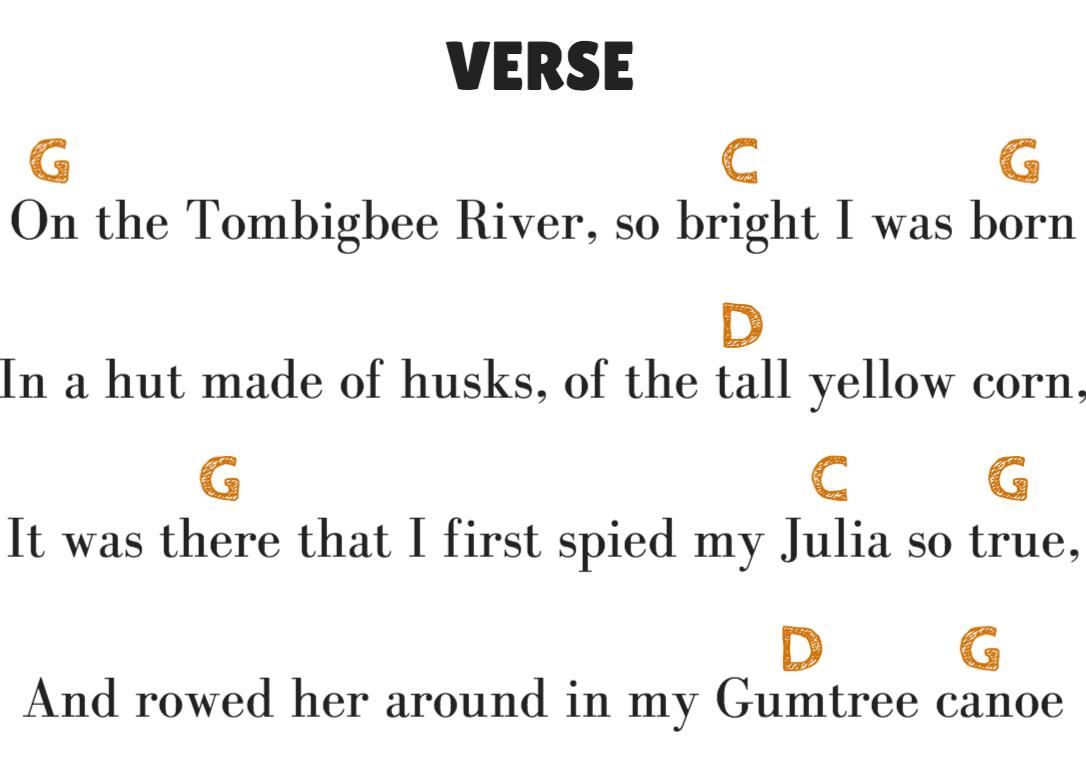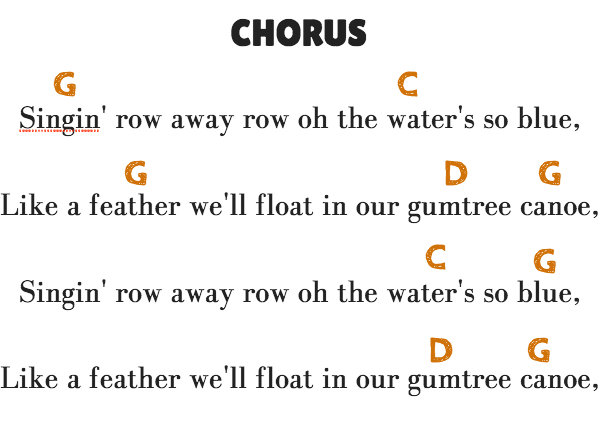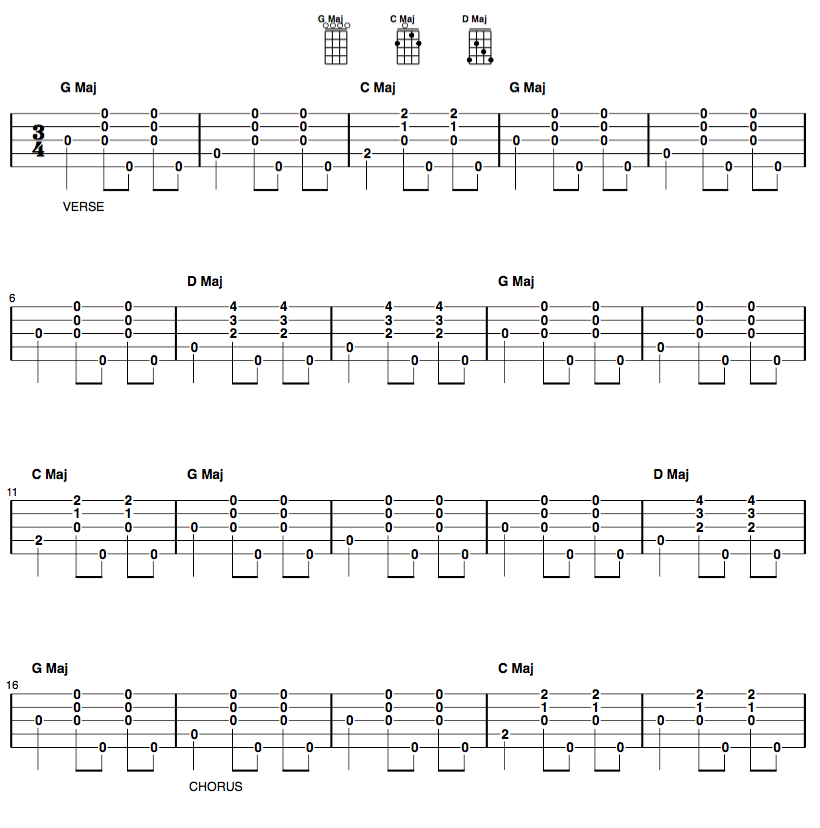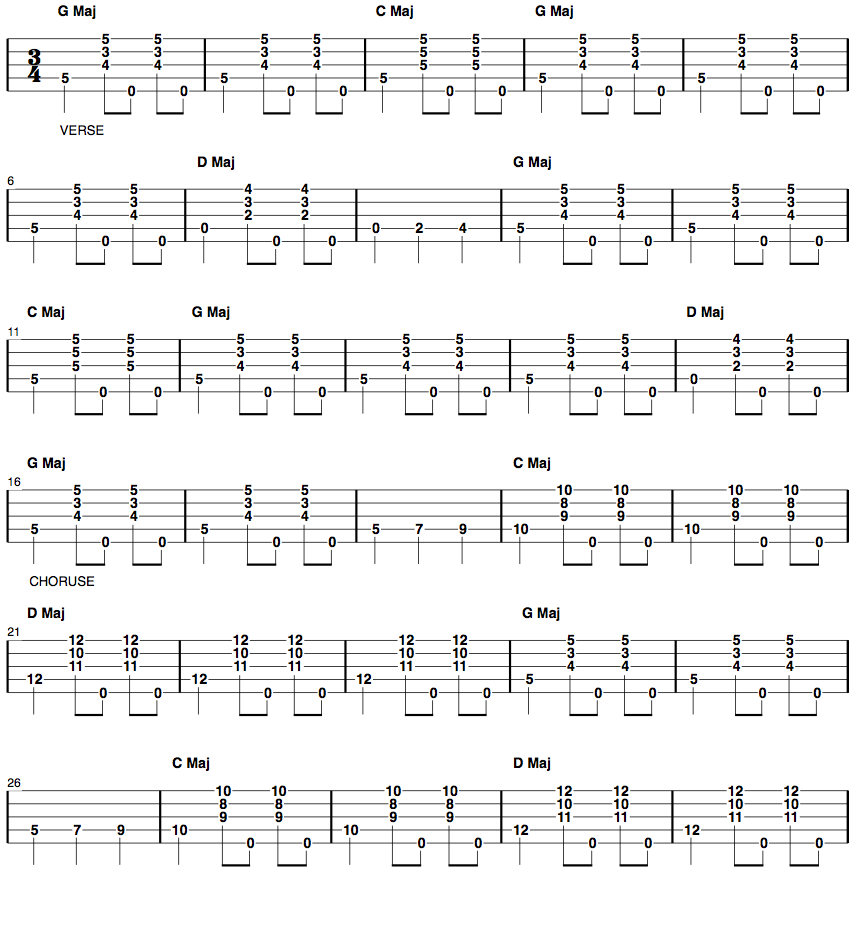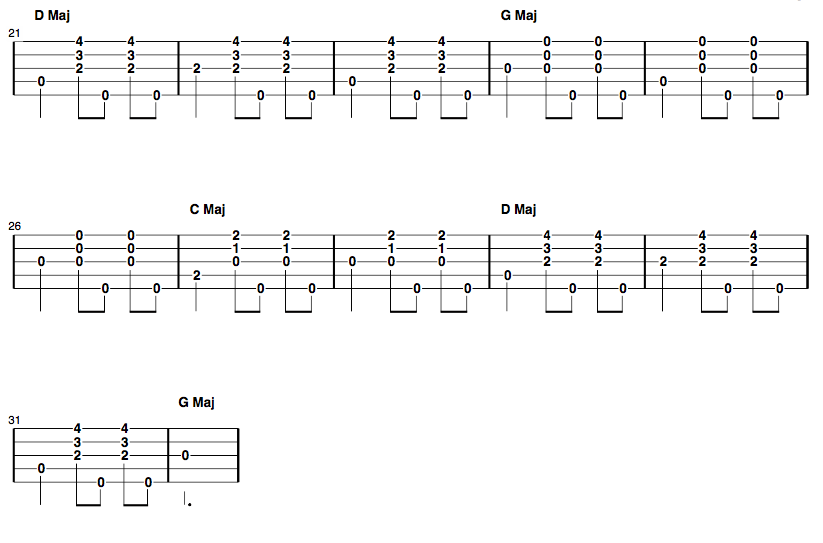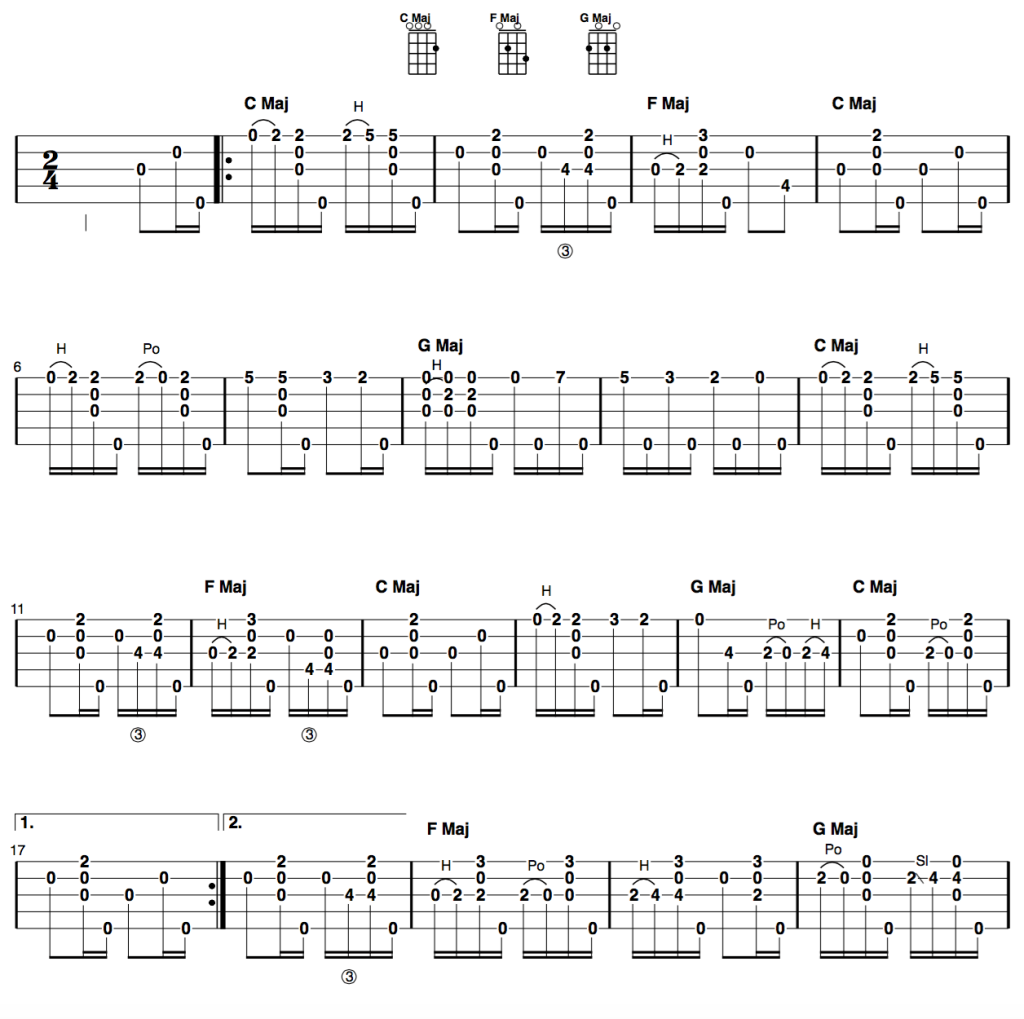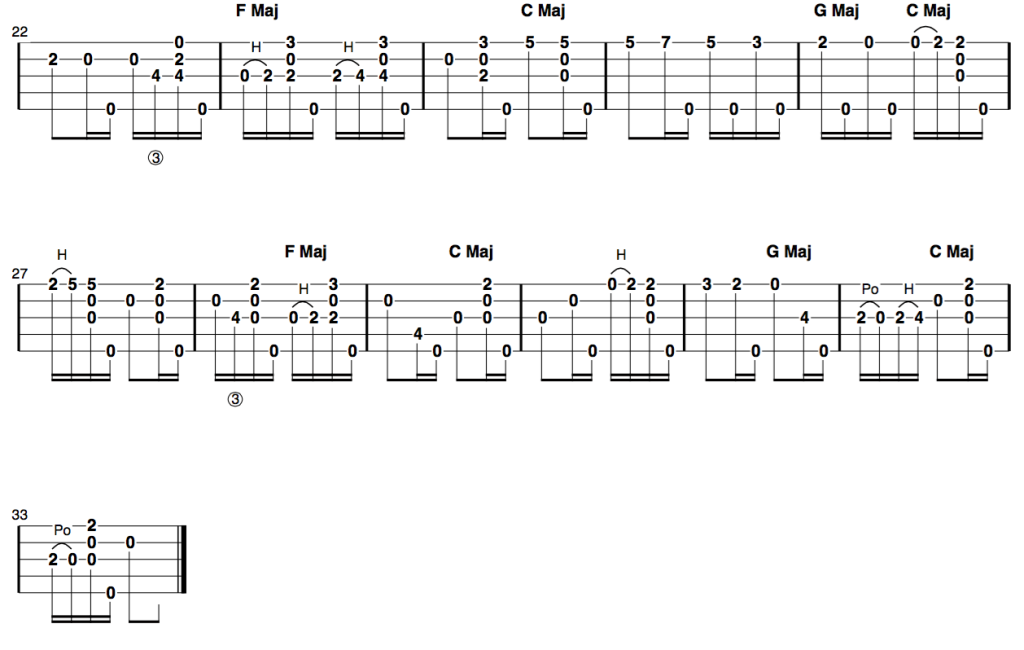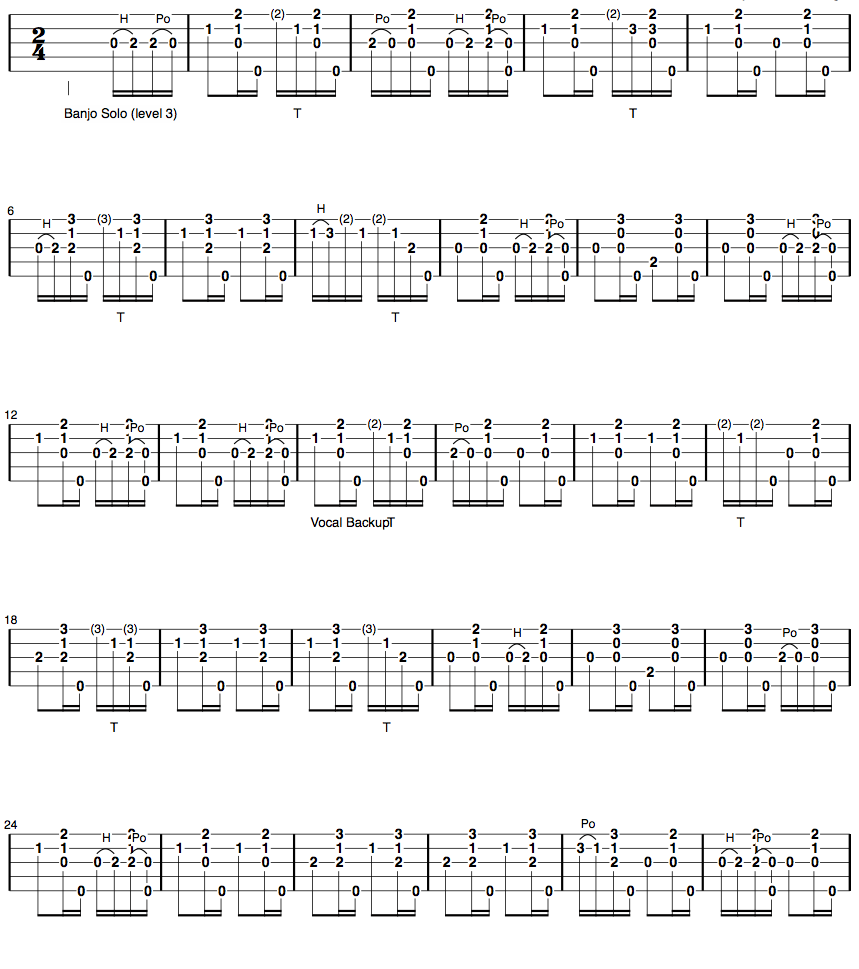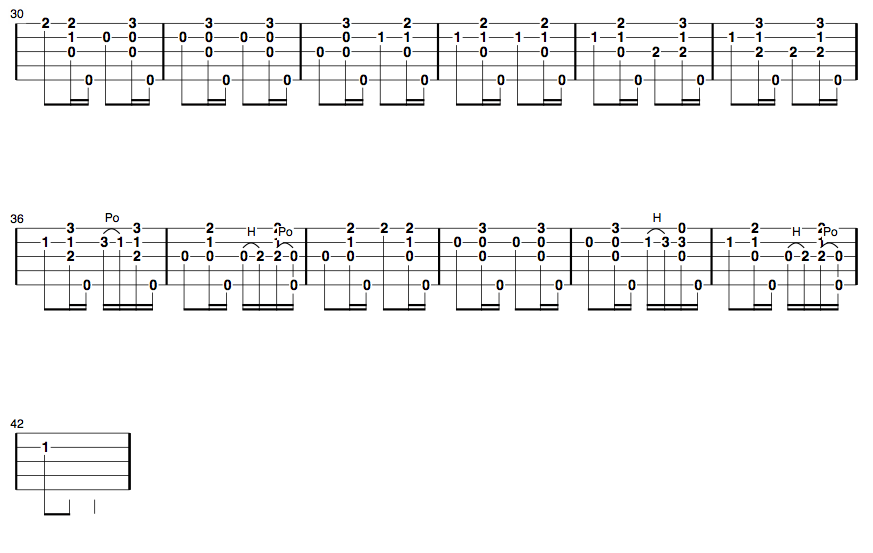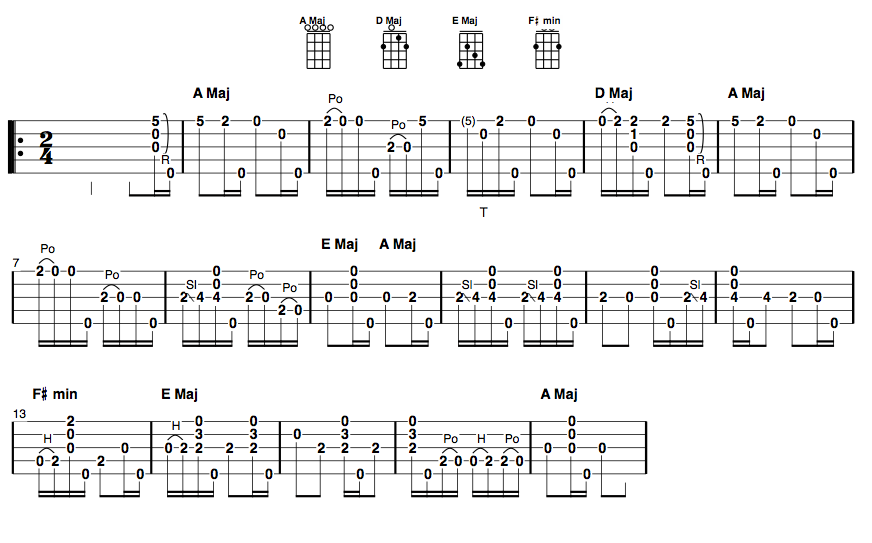Click on the button below to get the PDF download for this tab delivered to you, and get 2 new tunes and tabs sent to you every week!
Old Joe has been patiently waiting in the wings for his time in the spotlight.
Alas, it’s finally his moment.
Of course, he’s had more than his fair share of attention. He’s a fixture at old time and bluegrass jams alike, and everything in between, with countless recorded versions by professional musicians.
So Joe was ok with sharing the stage for a while.
But this is one of those tunes that, if you’re caught with a banjo in your hands, you’re just kind of expected to know.
Melodically speaking, Joe isn’t all that complicated, which gives us a bit of space to play.
I like to play around with the rhythm a bit, inserting a healthy dose of syncopation, which means you’ll find a few “syncopated skips” sprinkled throughout.
Old Joe Clark
aEAC#E tuning, Brainjo level 3-4
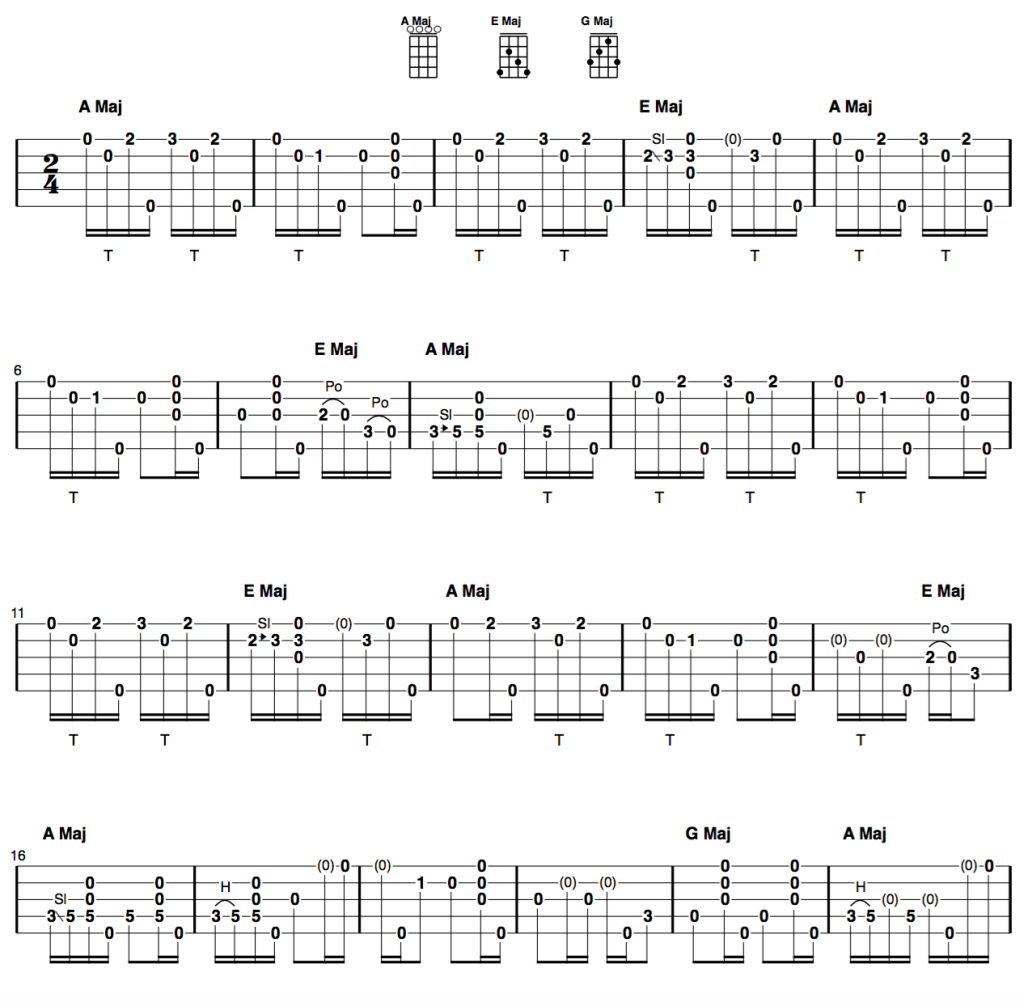
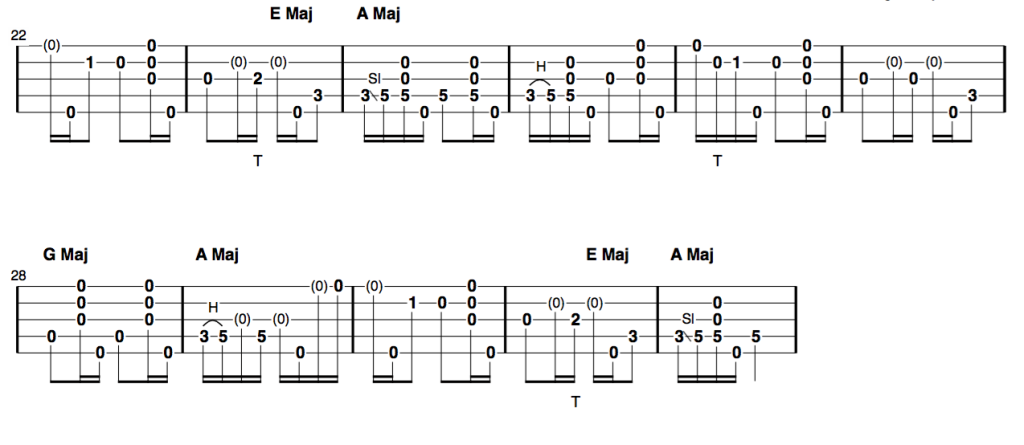
Notes on the tab:
Notes in parentheses are “skip” notes. To learn more about these, check out my video lesson on the subject.
For more on reading tabs in general, check out this complete guide to reading banjo tabs.
Level 2 arrangements and video demos for the Tune (and Song!) of the Week tunes are now available as part of the Breakthrough Banjo course. Learn more about it here.
View the Brainjo Course Catalog

